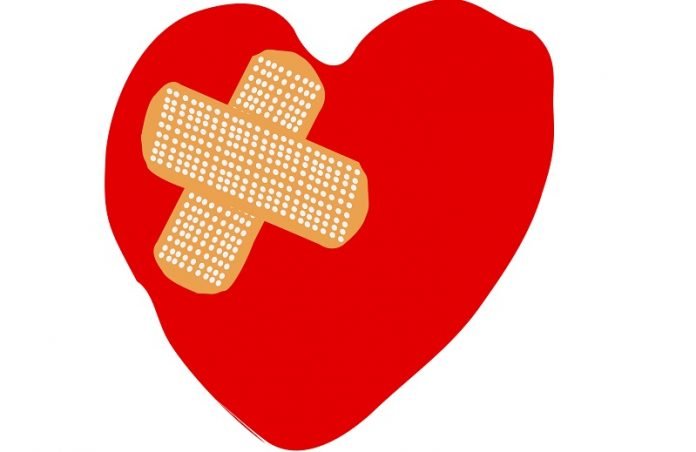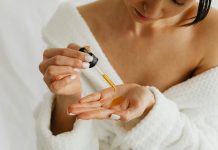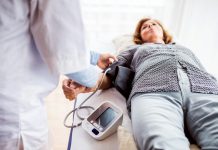
In a new study, researchers have developed an injectable hydrogel that could help repair and prevent further damage to the heart muscle after a heart attack.
The research was conducted by a team at the University of Valladolid in Spain and elsewhere.
Heart disease is a leading cause of death due to the irreversible damage caused to the heart muscle (cardiac tissue) during a heart attack.
The regeneration of cardiac tissue is minimal so that the damage caused cannot be repaired by itself.
Current treatments lack an effective method to prevent death and subsequent cardiac tissue repair following a heart attack.
In the study, the team developed and tested an elastin-based hydrogel derived from a naturally occurring biomaterial in the human body.
The hydrogel is based on a family of unique biomaterials, called elastin-like recombinamers, that the team had developed in the search for advanced hydrogels for regenerative medicine.
The hydrogel was developed to mimic the environment around the heart following infarction and then customized to have the ability to protect and promote regeneration of the cardiac tissue.
The team tested the therapeutic effect of multiple injections of this hydrogel into the cardiac tissue. They demonstrated its efficacy for cardiac tissue remodeling following a heart attack.
They were able to show that if their hydrogel was injected into the heart muscle shortly after a heart attack, it resulted in less fibrosis (scarring of the cardiac tissue) and an increase in the generation of new blood vessels in the area.
They also found the rise in the preservation and survival of cardiomyocytes, a type of cell that allows the heart to beat, in the affected area.
The findings demonstrate the efficacy of a unique biomaterial-only system able to induce a positive healing effect on cardiac tissue following a heart attack event.
The functional benefits obtained by the timely injection of the hydrogel supports and highlights the potential use of this treatment in the clinic. The next step will be to develop a prototype for a delivery system for the hydrogel.
One author of the study is Professor Abhay Pandit.
The study is published in Science Translational Medicine.
Copyright © 2021 Knowridge Science Report. All rights reserved.



